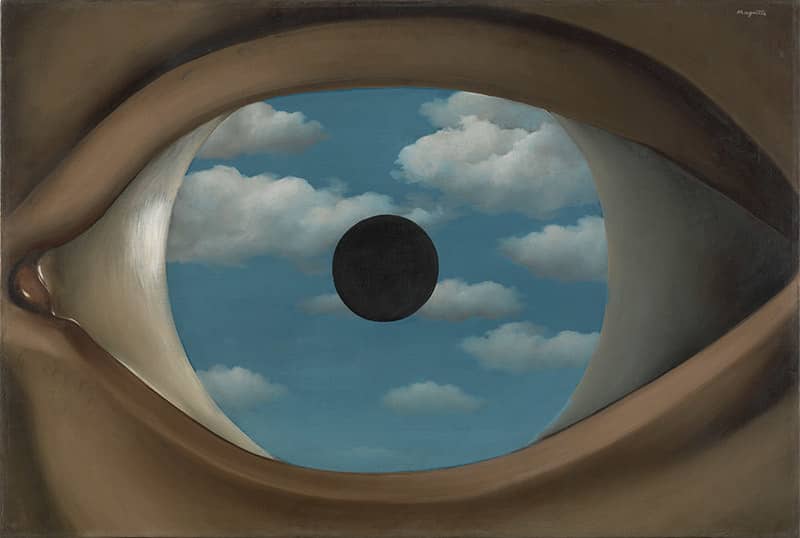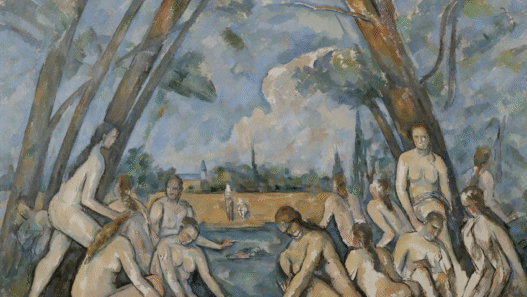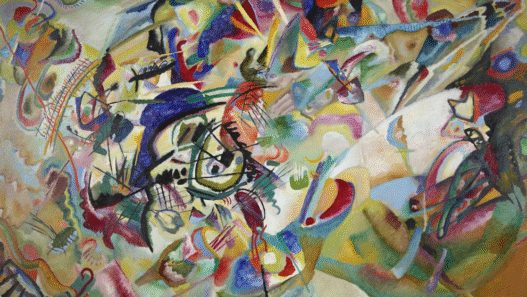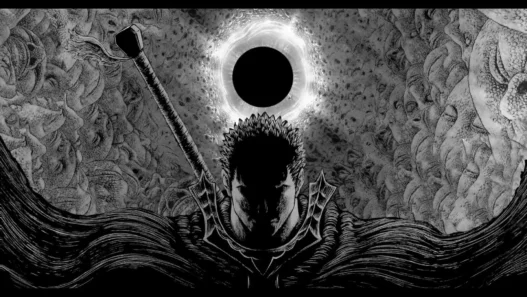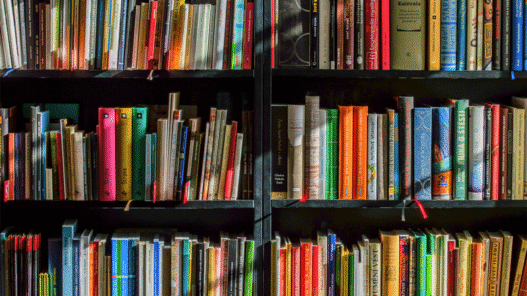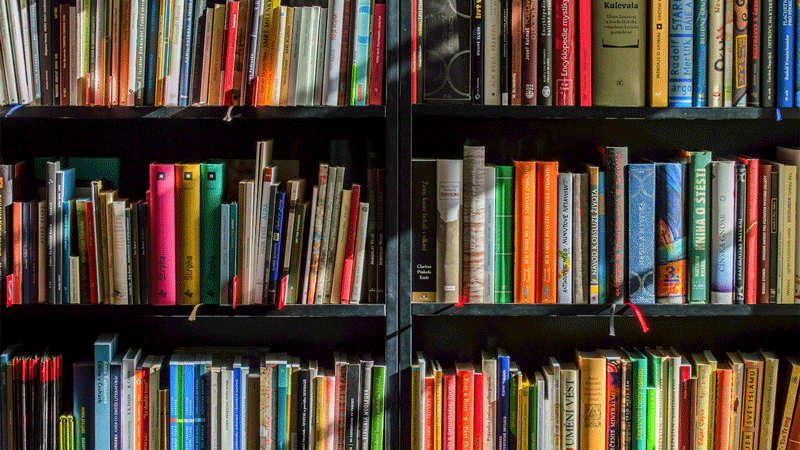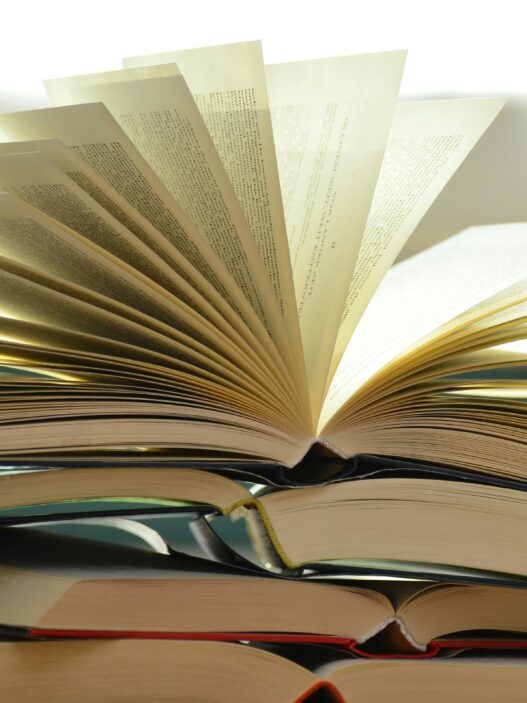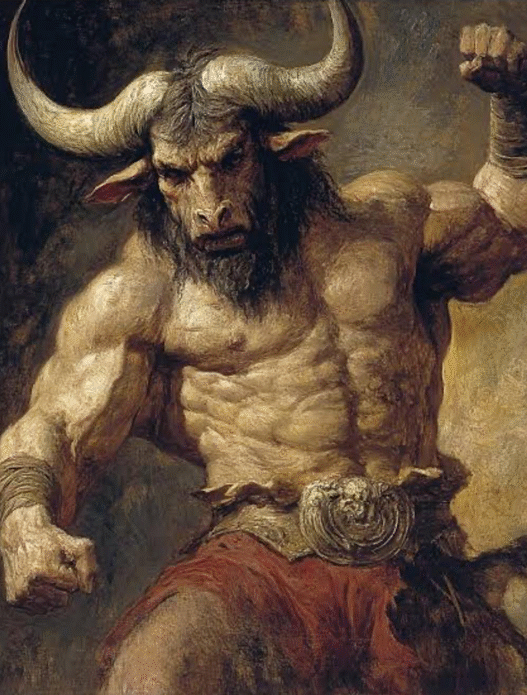Symbolism has always captivated readers and thinkers, offering layers of meaning that transform simple narratives into profound explorations of humanity, nature, and the cosmos. I consider these the best art symbolism books to add to your collection.
“Symbols have power and meaning and can mean different things to different people at different times and in different contexts”
The Hero with A Thousand Faces (The Collected Works of Joseph Campbell)
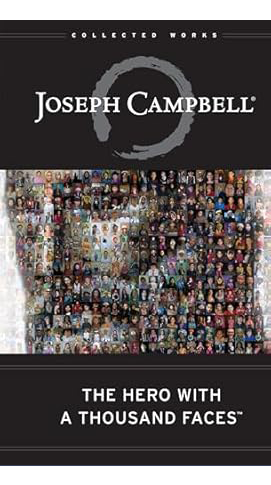
Why add this book to your collection?
Few books have had as profound an impact on the understanding of storytelling and human experience as Joseph Campbell’s The Hero with a Thousand Faces. Since its publication in 1949, this seminal work has inspired readers, thinkers, and creators by blending modern psychology with a revolutionary approach to comparative mythology.
At its core, the book introduces the Hero’s Journey, a universal narrative structure that connects mythic traditions from cultures worldwide. This journey of adventure, transformation, and self-discovery resonates across time, from ancient oral traditions to contemporary cinema. Campbell also explores the Cosmogonic Cycle, the recurring mythic pattern of creation, destruction, and renewal that reflects humanity’s evolving understanding of the cosmos.
If The Hero with a Thousand Faces captivates your interest, consider exploring these related books that further delve into mythology, storytelling, and symbolism:
-
“The Power of Myth” by Joseph Campbell and Bill Moyers: This companion book, based on Campbell’s celebrated interviews with Moyers, offers accessible insights into mythology’s role in modern life.
-
“Myth and Meaning” by Claude Lévi-Strauss: A fascinating exploration of how myths shape and are shaped by human thought and culture.
-
“The Writer’s Journey” by Christopher Vogler: Inspired by Campbell’s Hero’s Journey, this guide offers practical insights for writers looking to craft compelling narratives.
Campbell’s exploration of mythology as a lens to view human experience continues to resonate with every walk of life.
His insights into the universal archetypes and cycles that define our shared narratives remain invaluable for scholars, artists, and anyone drawn to the art of storytelling.
Whether you’re a writer seeking inspiration, a student of mythology, or someone curious about the interconnectedness of human culture, The Hero with a Thousand Faces is an indispensable guide and resource you will keep picking up.
Add this timeless classic to your bookshelf, but bear in mind it’s a beefy edition! Store with caution.
The Alchemy of Symbols by Addie Hirschten
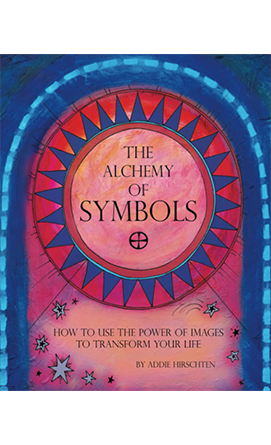
Why add this book to your collection?
Symbols have been a universal form of communication for millennia, woven into every aspect of human culture. “The Alchemy of Symbols” serves as your essential guide to understanding and utilising symbols in everyday life. Addie Hirschten, an artist and storyteller, offers readers a hands-on approach to unlocking the transformative power of symbols.
Through vivid examples and practical exercises, Hirschten explores how symbols like the tree of life, the spiral, and the mandala can be tools for personal growth and self-discovery. This book combines artistic expression with psychological insight, offering a holistic journey into the symbolic world.
Graves combines academic rigour with engaging prose, making it an essential read for both scholars and casual readers. This is one of the many reasons I consider this one of the best art symbolism books in my collection. Whether you’re delving into the roots of mythology or seeking inspiring symbolism for your art, this book provides a wealth of knowledge.
Hirschten’s engaging writing and artistic perspective make this a must-read for anyone looking to deepen their connection with symbolic imagery.
Whether you’re an artist seeking inspiration or someone exploring personal transformation, this book provides a creative and insightful guide.
Each chapter concludes with a summary of key points and thought-provoking questions, encouraging readers to apply the insights to their own lives. A notable feature is the encyclopedia of symbols at the end, offering a comprehensive list of various symbols and their meanings. This resource is invaluable for anyone interested in the significance of symbolic imagery.
For those interested in exploring similar themes, “Psychology and Alchemy” by C.G. Jung offers an in-depth analysis of the relationship between alchemical symbolism and psychological processes.
Additionally, “The Secret Teachings of All Ages” by Manly P. Hall provides an extensive overview of ancient symbols and esoteric traditions.
These works complement Hirschten’s exploration of symbols, offering broader perspectives on their significance across different contexts.
Overall, the practical guidance in this books makes it easy to grab and refer to, or work slowly through each day.
When exploring the depths of symbolism in art, having the right resources can completely transform your understanding. Some of the best art symbolism books don't just catalogue symbols — they guide you into the minds of artists, ancient cultures, and modern thinkers. For a comprehensive read on this subject, consider books such as Signs and Symbols in Art by Matilde Battistini and The Secret Language of Symbols by David Fontana.
Nature and Its Symbols by Lucia Impelluso
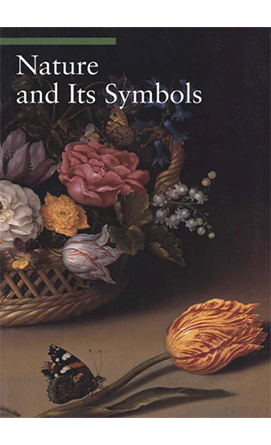
Why add this book to your collection?
Nature and Its Symbols is an invaluable resource for any artist who wants to integrate the natural world into their art. The book’s accessible language and structured format make it suitable for both beginners and seasoned art historians. The inclusion of high-quality reproductions enhances the learning experience, allowing readers to closely examine the artworks discussed and scan, photograph their favourite elements to study.
The guide’s presentation and contents are informative and offer delightful discoveries of iconography. That being said it’s easy to flip between sections quickly, which has proven to be a valuable resource when finding specific information. If you’re anything like me, you need quick access to the symbols in your art.
Here are the thematic sections at a glance:
-
Plants and Flowers: Explores the emblematic significance of various flora, such as the iris, which can represent Jesus or the purity of the Virgin Mary, and the lily, often associated with purity and chastity.
-
Fruits: Examines how fruits like apples and pomegranates have been used to convey themes ranging from temptation to fertility.
-
Animals of the Earth, Air, and Water: Analyzes the depiction of creatures such as monkeys, which can symbolize the devil, heresy, or bad temper, and are also associated with the three wise men who traveled to Bethlehem
-
Mythical Creatures: Discusses the representation of fantastical beings like centaurs, griffons, and dragons, and their allegorical roles in art.
Lucia Impelluso’s Nature and Its Symbols is a hidden gem for anyone seeking to learn about the symbolic language of nature as depicted in art. Its thorough analyses and rich illustrations make it both an educational tool and a visual delight.
Making space on your book self for this book will undoubtedly enrich your appreciation and interpretation of artistic masterpieces.
When thinking about the best art symbolism books available, it’s all about finding works that not only explain the meaning behind symbols but also inspire deeper reflection, creativity, and personal connection to the stories they tell.
